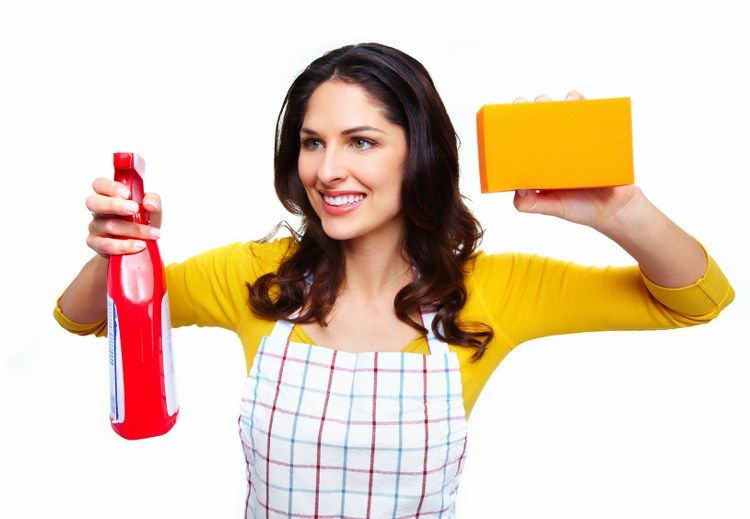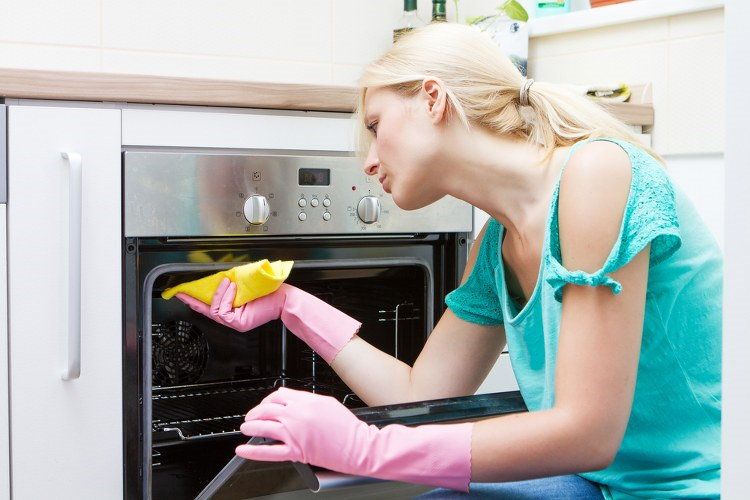How To Save Money While Cleaning Your Oven
Posted on 04/09/2015
Effective Methods of Cleaning Your Oven

In case you haven’t noticed already, cleaning agents are a massive industry, and with the sheer amount of advertising it’s hard not to believe that you have to spend a small fortune in order to get anything in your house completely clean. While many expensive brands out there do deliver incredible results, there are other effective methods of cleaning your oven for half the price you’d usually spend if not lower. The method I’ll outline here is not only cheap, but completely safe and eco-friendly, and doesn’t involve any harsh chemicals or auto-cleaning that will set your smoke alarm off. This process will take slightly longer than using a professionally made agent, but the results will be very satisfying, and best of all the components you need are probably already in your kitchen!

All you need for this easy cleaning trick is baking soda, white vinegar, a plastic spatula and a spray bottle. To start, take out all the trays in your oven, the thermometer, pizza stone and anything else that could obstruct your work in there. Once these are set aside, go to the counter to make your baking soda paste. For a decent amount, you’ll want around a half cup of baking soda, mixed with two or three tablespoons of water. Depending on the size of your oven, you may need more or less, but play around with the ratios until you can mix the water and soda into a nice smooth paste. If your oven is particularly dirty, it may be worth putting on some rubber gloves for this next step. Spread your cleaning paste over as much of the inside of the oven as you can, avoiding leaving too much on the actual heating elements. If you’ve mixed the paste right, you should notice pretty soon that it turns from white to brown as it picks up the grime.

Now some good news; after applying the paste you won’t have to worry about cleaning the oven for the rest of the day! Just let it sit overnight, which will ensure the cleaning properties of the baking soda can really get to work. If you’re particularly dedicated to keeping your home clean, you may want to clean the oven racks while you wait. Once you’ve given your homemade agent enough time, simply wet a dishcloth and wipe down all the areas where you applied the paste. If it’s worked properly, the baking soda paste will now be dried, hard and crispy in a lot of places. In the interest of all the meals you’ll cook in the future, you should make absolutely sure that it’s all gone before using the oven again. Use your plastic spatula to scrape off any patches which are too tough to lift with the cloth.

Even when the surfaces look and feel completely smooth, there will still be residue left from the baking soda once you’ve wiped it down. This is where the vinegar comes in. Pour a good amount into a spray bottle, then use it to target any areas where you see these leftover patches. The acidity in the vinegar should react with the baking soda and start foaming as soon as it makes contact. Give this coating ten or fifteen minutes to really work its magic, then come back with the damp cloth, scrubbing away any gunk you still see clinging to the walls of your oven. Keep the vinegar in the spray bottle handy, as sometimes the water won’t be strong enough to lift everything. At the end of this wipe down, your oven will be so shiny you’ll barely recognise it!






